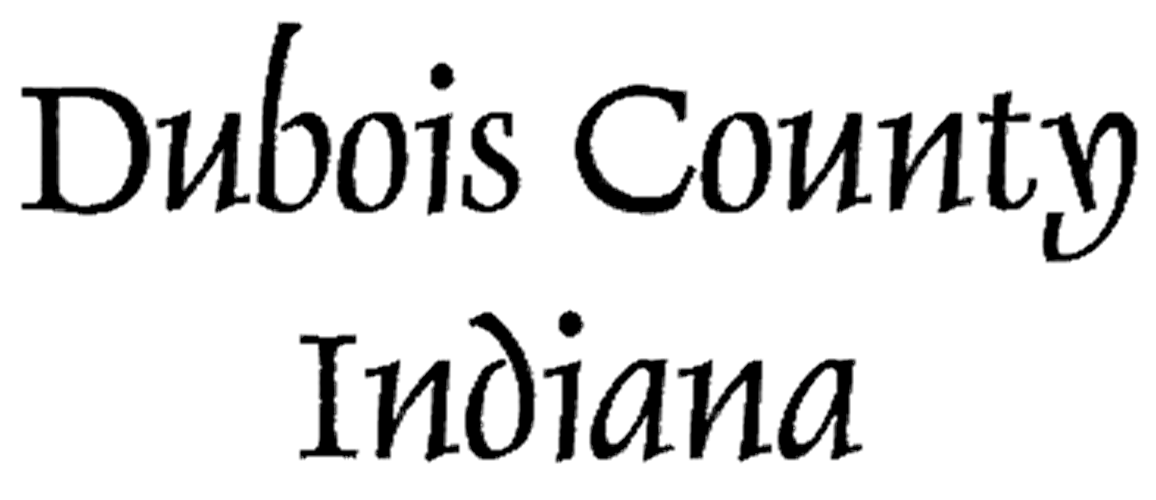
World War I Veterans
Gas Regiment Chemical Warfare Service
Courtesy Wikipedia
| Founded as the U.S. Chemical Warfare Service
(CWS) during World War I. Its name was changed to the Chemical Corps in
1946. For most of its history, the Chemical Corps was tasked with
delivering chemical weapons rather than defending against them. The earliest predecessors to the United States Army Chemical Corps owe their existence to changes of military technology early in World War I. By 1915, the combatants were using poison gases and chemical irritants on the battlefield. In that year, the United States War Department first became interested in providing individual soldiers with personal protection against chemical warfare and they tasked the Medical Department with developing the technology. Nevertheless, troops were neither supplied with masks nor trained for offensive gas warfare until the U.S. became involved in World War I in 1917. By 1917, the use of chemical weapons by both the Allied and Central Powers had become commonplace along the Western, Eastern and Italian Fronts, occurring daily in some regions. In 1917, Secretary of the Interior Franklin K. Lane, directed the Bureau of Mines to assist the Army and Navy in creating a gas war program. Researchers at the Bureau of Mines had experience in developing gas masks for miners, drawing poisonous air through an activated carbon filter. After the Director of the Bureau of Mines, Van H. Manning, formally offered the bureau's service to the Military Committee of the National Research Council, the council appointed a Subcommittee on Noxious Gases. Manning recruited chemists from industry, universities, and government to help study mustard-gas poisoning, investigate and mass-produce new toxic chemicals, and develop gas-masks and other treatments. A center for chemical weapons research was established at American University in Washington, D.C. to house researchers. The U.S. military paid to convert classrooms into laboratories. Within a year of setting up the center, the number of scientists and technicians employed there would increase from 272 to over 1,000. Industrial plants were established in nearby cities to synthesize toxic chemicals for use in research and armaments. Shells were filled with toxic gas in Edgewood, Maryland. Women were employed to produce gas masks in Long Island City. On 5 July 1917 General John J. Pershing oversaw the creation of a new military unit dealing with gas, the Gas Service Section. The government recruited soldiers for it to be based at Camp American University, Washington, D.C..The predecessor to the 1st Gas Regiment was the 30th Engineer Regiment (Gas and Flame). The 30th was activated on 15 August 1917 at Camp American University A 17 October 1917 memorandum from the Adjutant General to the Chief of Engineers directed that the Gas Service Section consist of four majors, six captains, 10 first lieutenants and 15 second lieutenants. Additional War Department orders established a Chemical Service Section that included 47 commissioned officers and 95 enlisted personnel. instead the training focused on drill, marching, guard duty, and inspections.Before deploying to France in 1917 many of the soldiers in the 30th Engineer Regiment (Gas and Flame) spent their time stateside in training that did not emphasize any chemical warfare skills; Despite the conventional training, the public perceived the 30th as dealing mainly with "poisonous gas and hell fire". By the time those in the 30th Engineers arrived in France most of them knew nothing of chemical warfare and had no specialized equipment. In 1918, the 30th Engineer Regiment (Gas and Flame) was redesignated the First Gas Regiment and deployed to assist and support Army gas operations, both offensive and defensive. Chemical Warfare Service foundation, 1918On 28 June 1918, the Chemical Warfare Service (CWS) was officially formed and encompassed the "Gas Service" and "Chemical Service" Sections. By 1 November 1918 the CWS included 1,654 commissioned officers and 18,027 enlisted personnel. Major General William L. Sibert served as the first director of the CWS on the day it was created. until he resigned in April 1920. In the interwar period, the Chemical Warfare Service maintained its arsenal despite public pressure and presidential wishes in favor of disarmament. Major GeneralAmos Fries, the CWS chief from 1920–29, viewed chemical disarmament as a Communist plot. Through his instigation and lobbying, the CWS and its various Congressional, chemist, and chemical company allies were able to halt the U.S. Senate's ratification of the 1925Geneva Protocol which forbade "first use" of chemical weapons. Even countries who had signed the Geneva Protocol still produced and stockpiled chemical weapons, since the Protocol did not prohibit retaliation in kind. |